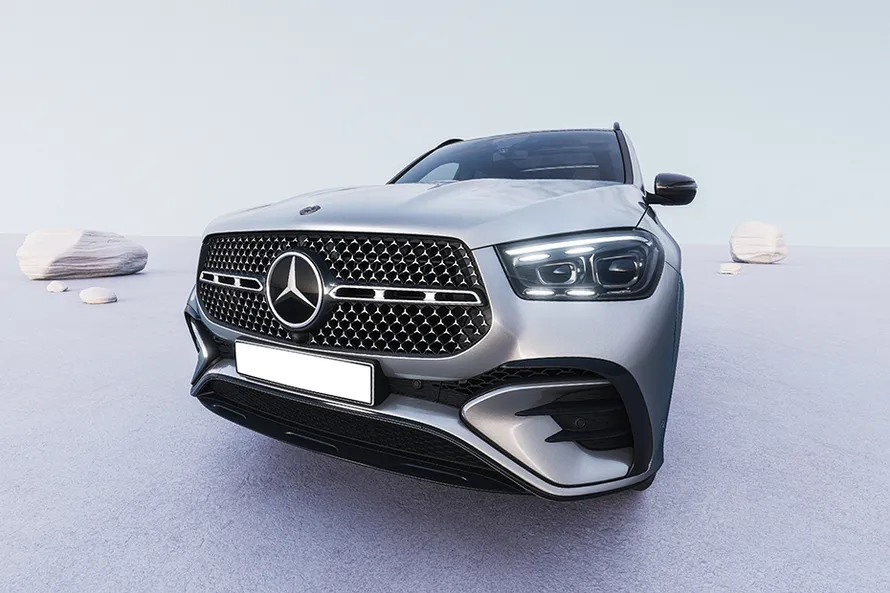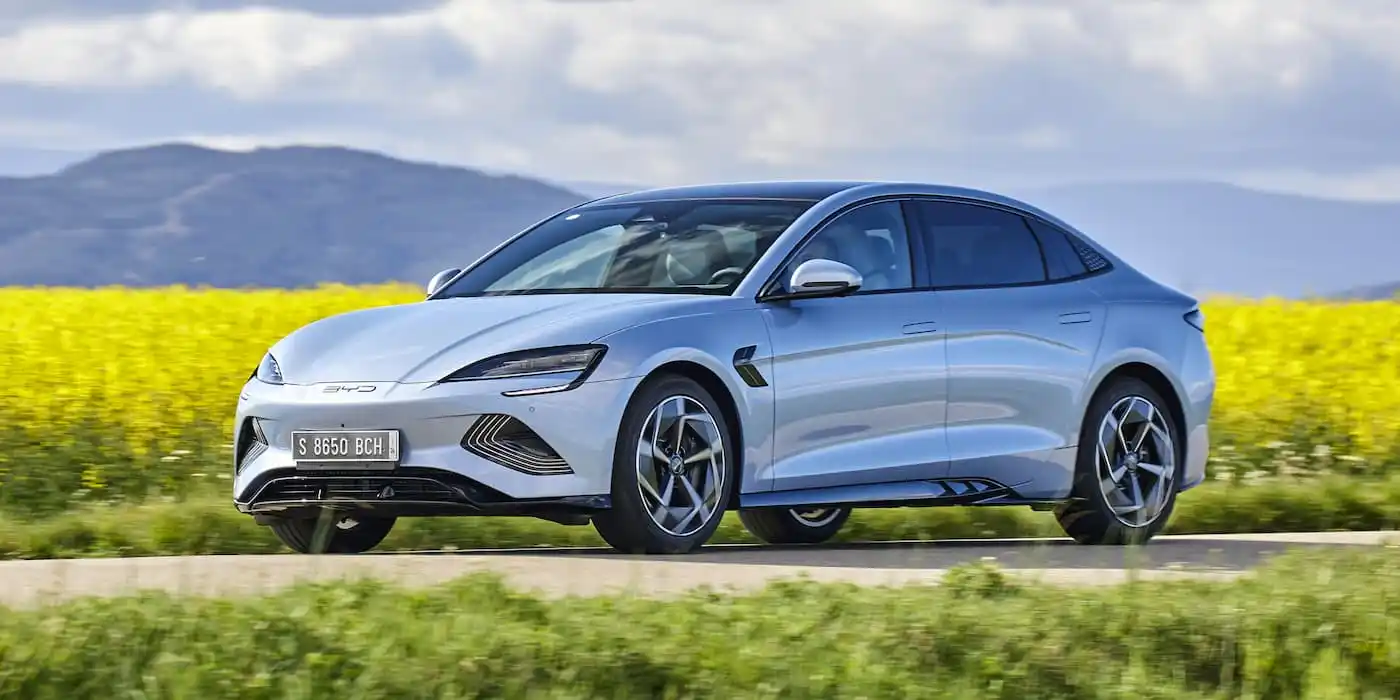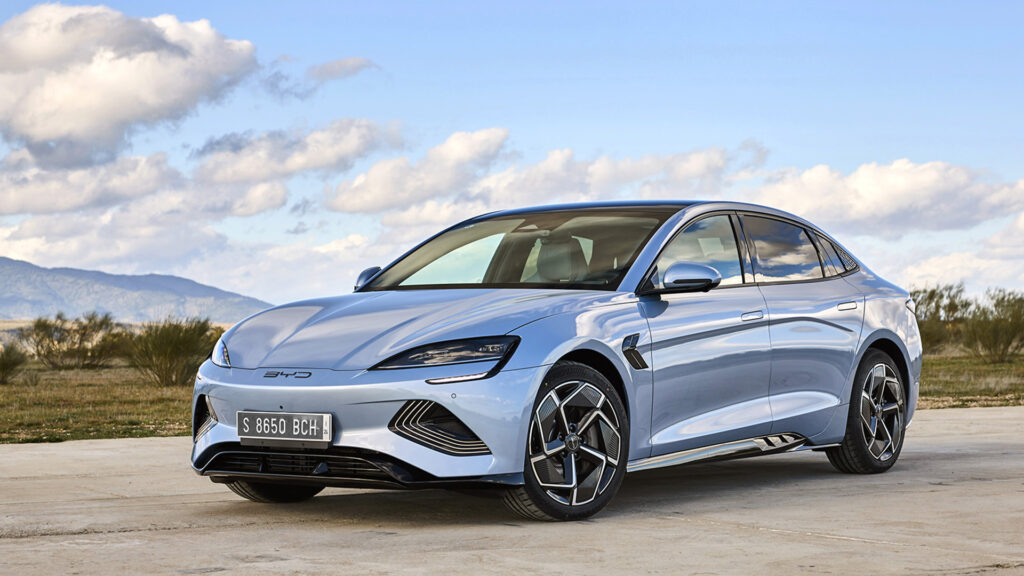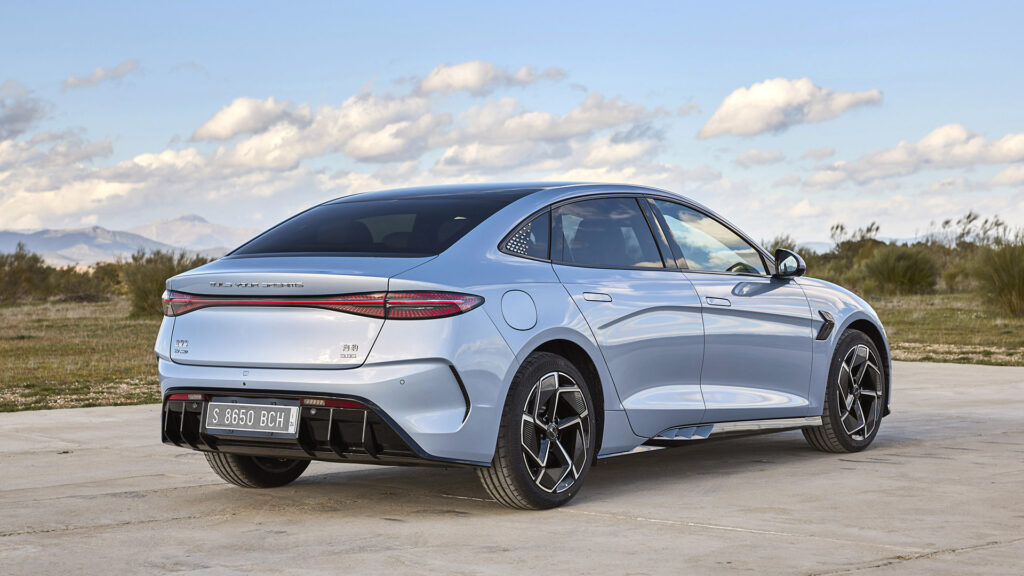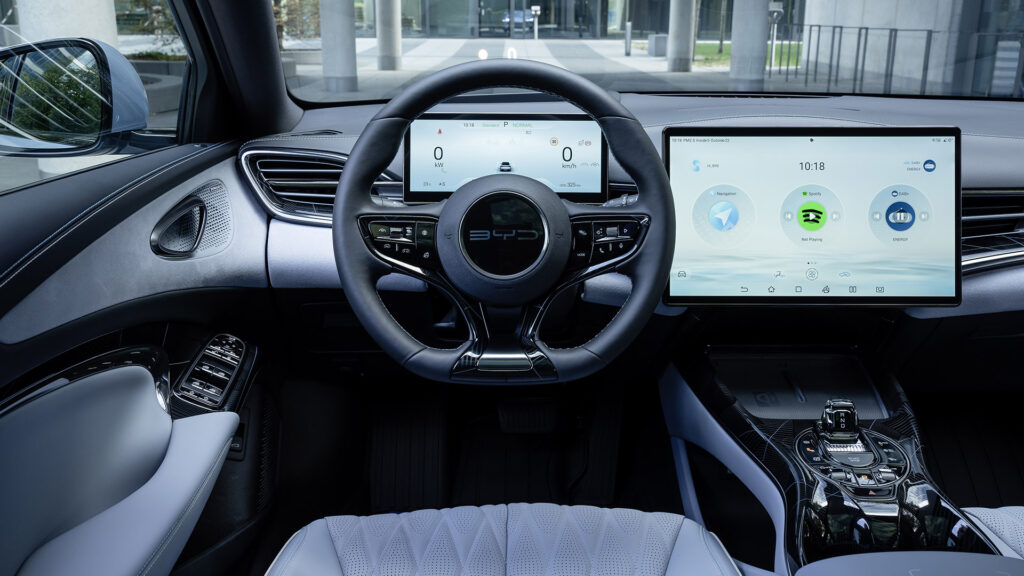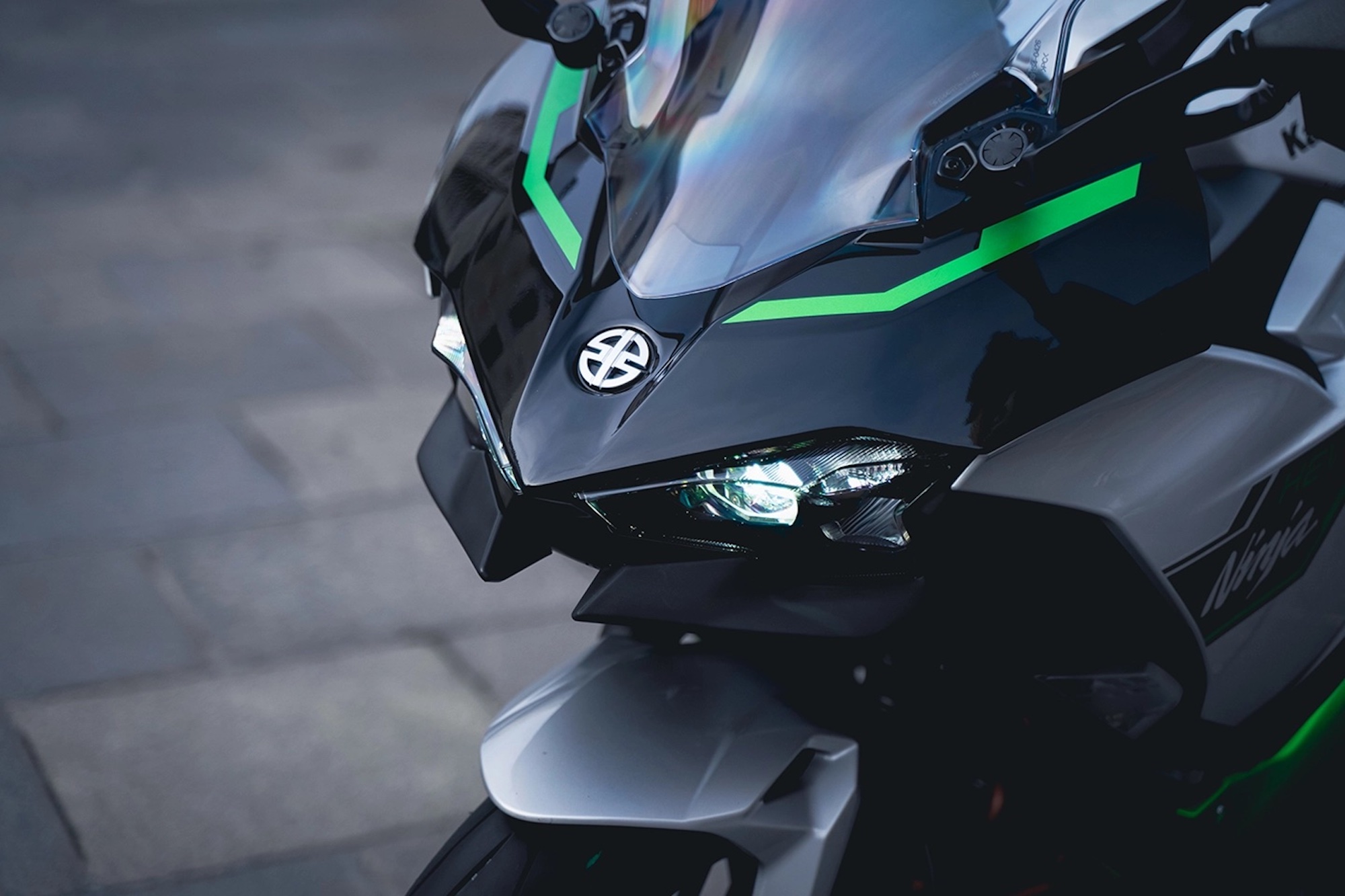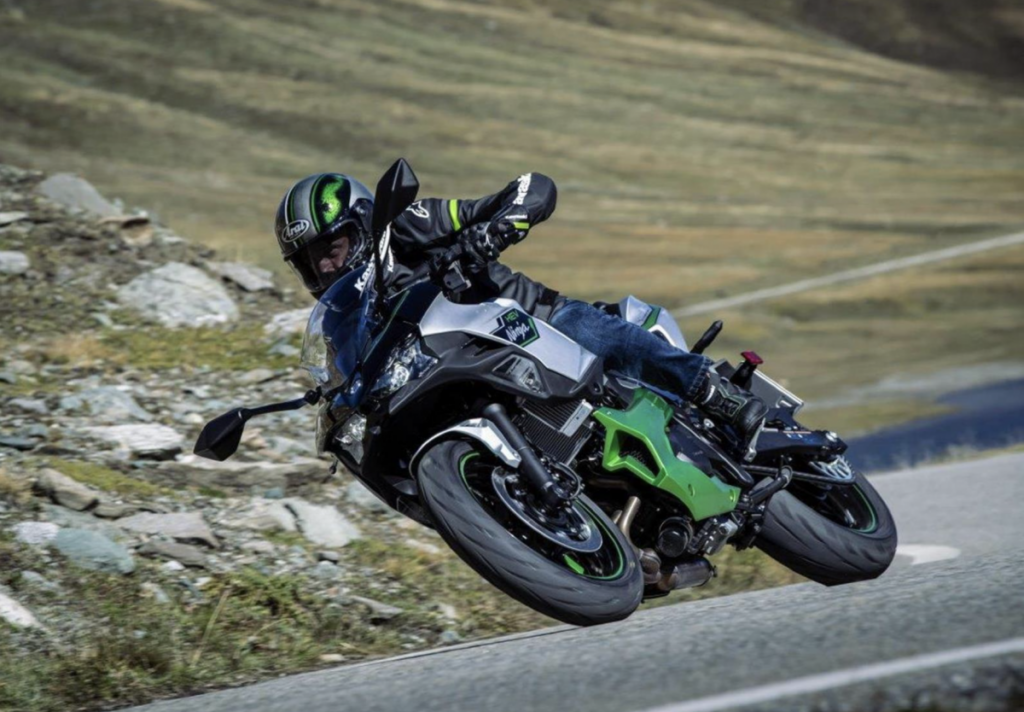Mercedes-Benz is getting ready to say goodbye to 2023 by releasing an improved version of its flagship SUV. The new GLE facelift SUV is slated to enter the market on November 2, just in time for Diwali.

According to HT Auto, the updated GLE SUV will have several changes to its look, interior, and engine. When it is released, it will compete with other premium SUVs such as the Audi Q7, BMW X5, Volvo XC90, and others. Here’s an early glance at what the Mercedes GLE facelift SUV will look like.
The German carmaker has given a new appearance to one of its top-tier SUVs in its current generation. A reworked front bumper, a new single-slat grille, updated LED headlights and taillights, and new alloy wheels are among the notable changes. The public first saw the redesigned GLE SUV in February, and it is essentially a facelift version. The SUV’s general profile is remarkably similar to that of its predecessor.

You might also want to give this a read: TOYOTA PRESENTS THE ELECTRIC HIACE CONCEPT, GIVING AN INSIGHT INTO THE FUTURE OF URBAN DELIVERY- Click Here
There will be some improvements made to the GLE facelift SUV’s interior. Notably, a redesigned steering wheel modeled after the S-Class will be included. The most recent MBUX system version will also be available on the GLE. Mercedes has upgraded its air vents to include chrome embellishments. The amenities will include ambient lighting, a panoramic sunroof, memory-capable electrically adjustable front and back seats, wireless Android Auto and Apple CarPlay, four-zone temperature control, and more.

In addition, Mercedes may provide an optional off-road kit for the SUV.
The new GLE SUV will be offered in three engine variants: 300 d, GLE 450 d, and GLE 450. The 2.0-liter 4-cylinder diesel engine will be mated with a 9-speed automatic transmission and will produce 265 horsepower and 550 Nm of peak torque.
A 3.0-liter 6-cylinder diesel engine with the same gearbox will also be available, producing approximately 100 horsepower and 200 Nm more. The single petrol engine available will be a 3.0-liter 6-cylinder unit capable of producing 375 horsepower and 500 Nm of peak torque.
In India, the base price of the previous GLE SUV was ₹91.20 lakh (ex-showroom), whilst the more powerful diesel model cost ₹1.08 crore (ex-showroom). Expect the redesigned model to start at about ₹95 lakh (ex-showroom).
(Source: HT Auto)
What do you think about this? Don’t forget to share it with your friends and family. Comment below!
Connect with us on social media for more exciting car and bike-related content!
Checkout our Amazon Best Sellers: Click Here






